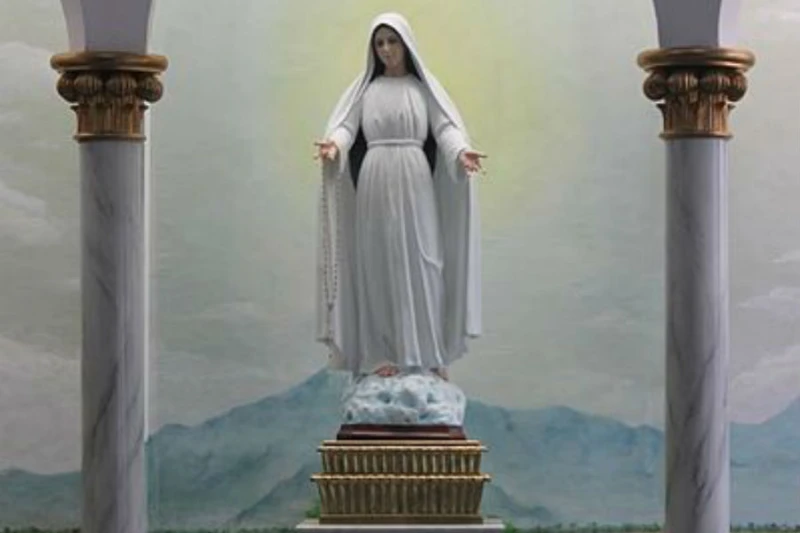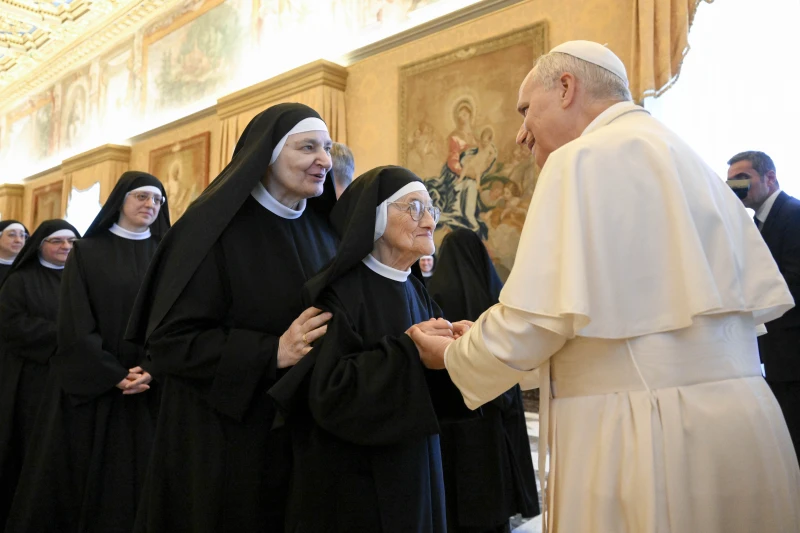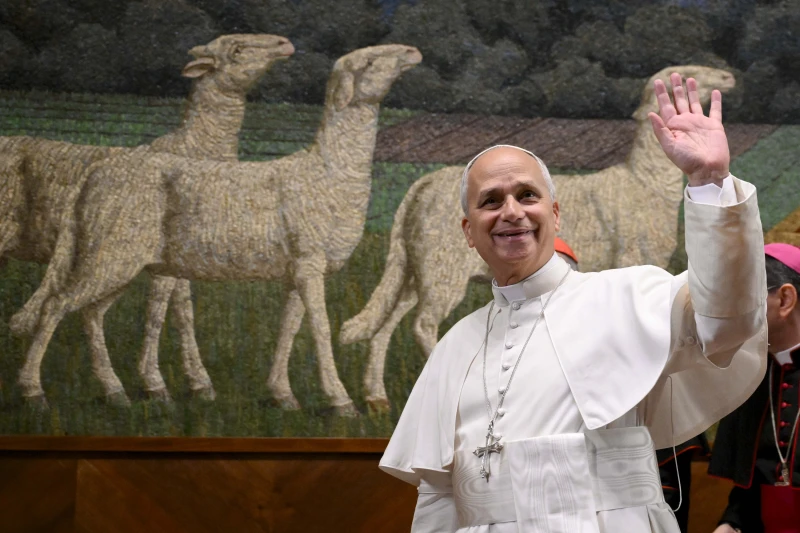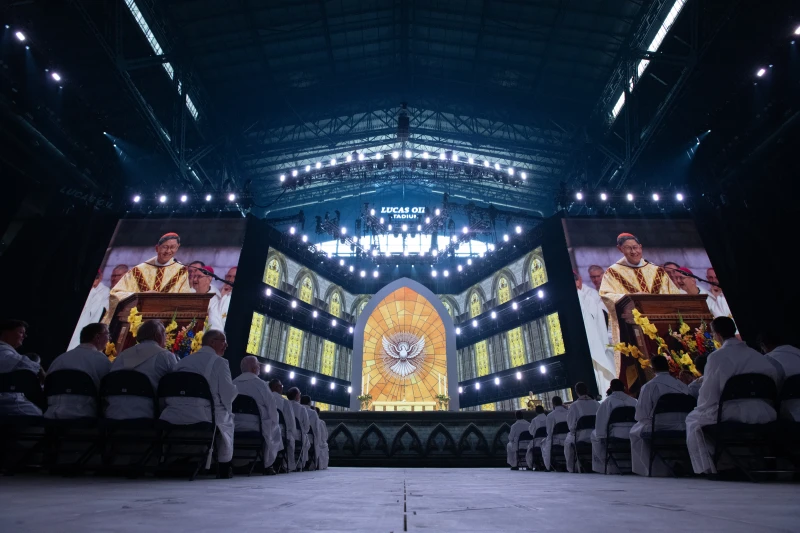
null / Credit: Srppateros via Wikimedia (CC BY-SA 4.0)
Washington, D.C. Newsroom, Nov 14, 2025 / 12:04 pm (CNA).
While the Vatican issued new guidance that encourages limits on the use of certain Marian titles out of a concern that they may overstate the Blessed Mother’s role in redemption and mediation, the intra-Catholic debate on the subject has continued.
Cardinal Víctor Manuel Fernández, prefect for the Dicastery for the Doctrine of the Faith (DDF), issued a doctrinal note with the formal approval of Pope Leo XIV that reaffirms Mary’s “unique cooperation” in God’s plan for salvation but expresses worry about two titles sometimes employed to communicate her role: Mary as Co-Redemptrix/Co-Redeemer and Mary as Mediatrix/Mediator.
According to the doctrinal note, using the title “Co-Redemptrix” to explain Mary’s role “would not be appropriate.” The document’s language for the title “Mediatrix” was less harsh but says “if misunderstood, it could easily obscure or even contradict” Mary’s role in mediation.
The beginning of the document lays out a biblical foundation of Mary’s cooperation in salvation, beginning with her “yes” to the archangel Gabriel at the Annunciation through to her presence at the Passion and standing before Jesus Christ at the foot of the cross.
It explains Mary is not just “a passive instrument in the hands of God” but is “freely cooperating in the work of human salvation through faith and obedience,” citing Lumen Gentium, the dogmatic constitution on the Church issued by the Second Vatican Council in 1964. This cooperation extends “throughout the life of the Church.”
Mary’s cooperation, however, should never be misconstrued to mitigate “Christ’s sole mediation … in the work of salvation” or suggest Mary’s role is equal to his, according to the doctrinal note. Due to the need of “explaining Mary’s subordinate role to Christ” when “Co-Redemptrix” is used, the doctrinal note asks Catholics to not use it at all.
“When an expression requires many, repeated explanations to prevent it from straying from a correct meaning, it does not serve the faith of the people of God and becomes unhelpful,” the note adds.
The document further explains Mary’s subordinate mediator role but adds “special prudence is required when applying the term ‘Mediatrix’ to Mary.”
It adds: “We cannot talk of any other mediation in grace apart from that of the incarnate Son of God.” It warned of “a tendency to broaden the scope of Mary’s cooperation through this title” and asked Catholics to “specify the range of its value as well as its limits.”
Tom Nash, a staff apologist for Catholic Answers, told CNA that the document helps to clearly explain Mary’s unique subordinate role by avoiding titles that “blur proper doctrinal distinctions between the Blessed Mother and her Divine Son” in some cases.
“The DDF doctrinal note helps proclaim clearly Our Lord Jesus Christ and his Gospel anew to a new generation, while also reaffirming his Blessed Mother as the Mother of God, our spiritual mother, and thus our great intercessor,” he said.
Nash said he expects to see “a shift away from using these Marian titles” from theologians. He said those inclined to use those titles will likely “make efforts to provide explanatory disclaimers if they do use them on occasion, as a means to preempt any doctrinal confusion.”
Frustration among some scholars
Not every Catholic academic has received the doctrinal note warmly, due to the long-standing historical use of both titles and an effort by some of the faithful for the Church to declare a fifth Marian dogma about Mary’s role in redemption and mediation.
Nash said he believes that effort “has been short-circuited” as a consequence of the doctrinal note.
Mark Miravalle, a theologian at Franciscan University and proponent of a declaration of a fifth Marian dogma, questioned the rationale of abandoning a title because it “has to be explained,” telling CNA that many teachings of the Church need deep explanations, including the Trinity, papal infallibility, transubstantiation, and currently defined Marian dogmas.
“I think that kind of begs the question of the Immaculate Conception and the [title] ‘Mother of God,’ which has to be repeatedly explained,” he said.
Miravalle said the doctrinal note has “understandably caused a lot of confusion” because “so many popes, saints, [and] mystics … have used the titles.” The document does note that St. John Paul II did use the term “Co-Redemptrix” but that Pope Francis was opposed to it, as was Pope Benedict XVI when he was still a cardinal.
Laurie Olsen, the author of the 2024 book “Mary & the Church at Vatican II,” also expressed reservations about the doctrinal note and emphasized that the title “Mediatrix” was included in the Second Vatican Council’s Lumen Gentium.
She told CNA the council fathers had an “in-depth theological discussion about the term” and its inclusion in the document was very intentional, despite a coordinated campaign to have it taken out.
Of the council fathers who expressed a clear opinion on the title “Mediatrix,” she said 87 opinions were submitted by 678 council fathers supporting it and 45 opinions were submitted by 540 council fathers opposing it, showing “a clear majority favors the term.” Additionally, she said 275 requested the language about Mary’s mediation be made stronger, which is “the single most requested change.”
Though “Co-Redemptrix” is not used in the council, Olsen said “mediation is the overall umbrella,” which includes “Mary’s role in the objective redemption.”
Both terms, Olsen said, respect the fact that Mary “is always subordinate to Christ,” which was always the understanding when they were employed. She said: “It is only because Christ is our redeemer that Mary is playing a part in his work.”
She does not think this will prevent theological discussions about the subject but rather said the doctrinal note “gives us an opportunity to continue to explore and clarify what we mean when we talk about Mary’s role in the redemption.”
Miravalle said he thinks the doctrinal note will likely “galvanize the movement” for declaring a fifth Marian dogma. He said the comment about the titles does not shut down any theological discussion about Mary’s unique cooperation in redemption and said the doctrines themselves are more important than the titles.
“I would hope that [this] would not be considered a final word,” he said. “Final words are usually reserved for dogmatic statements, which I think would be wonderful.”
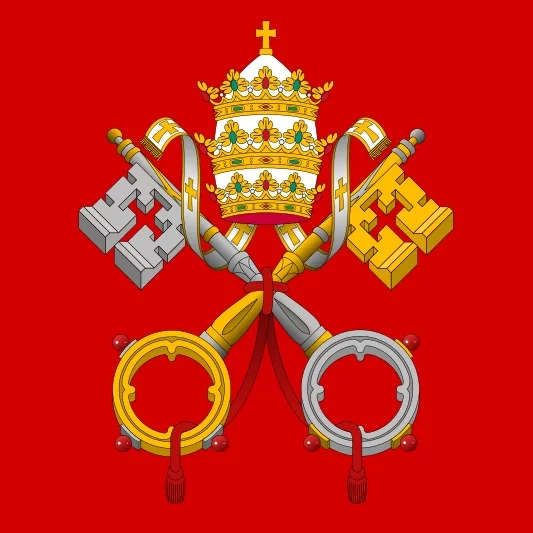




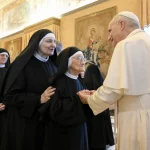
![The Great Indoctrination [Official Trailer] —A Podcast by: OnePeterFive](https://sainteliasmedia.com/wp-content/uploads/2025/11/hqdefault-3FAlyx-150x150.jpg)
